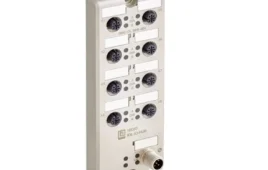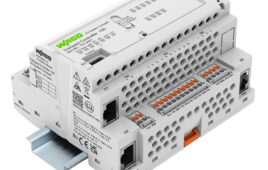(September 2007) – Renishaw brings highest precision to part measurement, starting right at the touch with a comprehensive range of CMM and machine tool styli meeting every measurement challenge.
Maximum stylus rigidity and tip sphericity are vital to probe measurement accuracy. To achieve this, Renishaw styli stems are created on CNC machine tools to exacting requirements, while stylus balls are produced to highest standards and bonded to the stems to assure maximum joint integrity.
Renishaw produces styli from a range of high-performance materials -stainless steel for application versatility, tungsten carbide for high stiffness at small diameters, ceramic for weight savings at large diameters, and carbon fiber for maximum stiffness, low mass and superior vibration damping in long styli (above 50 mm).
Styli are available with balls of synthetic ruby, silicon nitride, and zirconia – all of highest purity, finish and sphericity. One of the hardest known materials, Renishaw ruby balls are created from 99% aluminum oxide crystal cultured at 2000°C. Ruby balls are the industry standard for the vast majority of measurement requirements. Renishaw styli feature Grade 5 ruby balls (0.13 µm sphericity) as standard, compared to lesser Grade 10 balls used by some other manufacturers. Renishaw also offers Grade 3 high-accuracy styli providing sphericity of 0.08 µm. To avoid degrading that sphericity, no mounting hole is drilled into the ball. Instead, the ball is bonded into a spherical cup machined into the styli stem. Grade 3 styli stems are coated in titanium nitride, giving a gold color finish.
The other two ball materials are recommended for special situations and materials – silicon nitride for aluminum and zirconia for scanning applications on cast iron.
Renishaw styli are available in a comprehensive range of sizes and configurations – straight styli and ball, star, disc, cylinder, pointer, and ceramic hollow ball, as well as a complete selection of accessories and tools.
Filed Under: Data acquisition + DAQ modules, I/O modules, Machine tools + subtractive manufacturing





Tell Us What You Think!